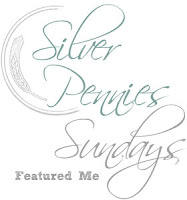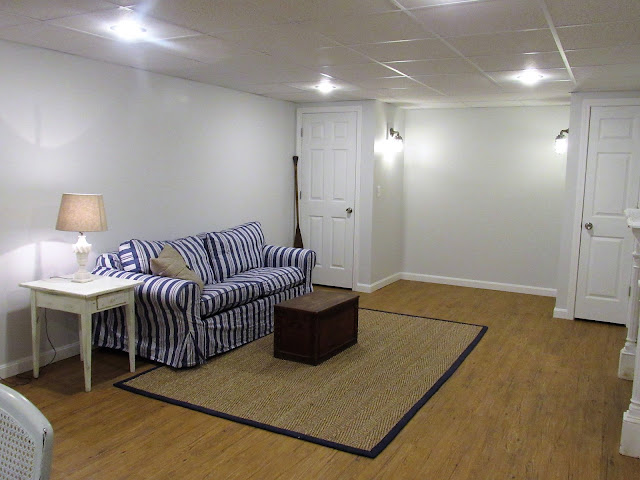Hello all! I've been on a long break to catch up with work and projects. Now I'd like to get back on track with my posts.
Today I wanted to share the my update of this petite sideboard. I bought it at Brimfield quite a few years ago. It used to sit in the dining area of our old house. When we moved into the new place in 2014, it ended up on our screen porch. It fit perfectly into the spot and it was a handy place to set up drinks and snacks when we had people over.
But it was starting to look a little shabby--and not in a good way. I made the mistake of leaving a pumpkin on there last fall for a little too long. In case you've ever wondered, a rotting pumpkin will eat right through paint.
Besides needing to spruce it up, I also wanted to bring some more color into the porch. I went through my Annie Sloan Chalk Paint, but I couldn't find the exact color I wanted, so I put together a custom mix of 3 parts Duck Egg to 1 part Napoleonic Blue. Chalk Paints are so easy to mix. It's really fun coming up with just the right color. Just make sure you make enough to finish your entire project.
I ended up with this rich, slightly greenish blue.
I did a light distressing to highlight the beautiful details on the doors with a sanding sponge. I think details stand out so much better now than they did when the piece was white. I also added some new, slightly larger knobs that are more in proportion to the size of the piece.
I'm really happy with the way this came out. It really brightens up that corner of the porch.
Today I wanted to share the my update of this petite sideboard. I bought it at Brimfield quite a few years ago. It used to sit in the dining area of our old house. When we moved into the new place in 2014, it ended up on our screen porch. It fit perfectly into the spot and it was a handy place to set up drinks and snacks when we had people over.
Besides needing to spruce it up, I also wanted to bring some more color into the porch. I went through my Annie Sloan Chalk Paint, but I couldn't find the exact color I wanted, so I put together a custom mix of 3 parts Duck Egg to 1 part Napoleonic Blue. Chalk Paints are so easy to mix. It's really fun coming up with just the right color. Just make sure you make enough to finish your entire project.
I ended up with this rich, slightly greenish blue.
I did a light distressing to highlight the beautiful details on the doors with a sanding sponge. I think details stand out so much better now than they did when the piece was white. I also added some new, slightly larger knobs that are more in proportion to the size of the piece.


















































